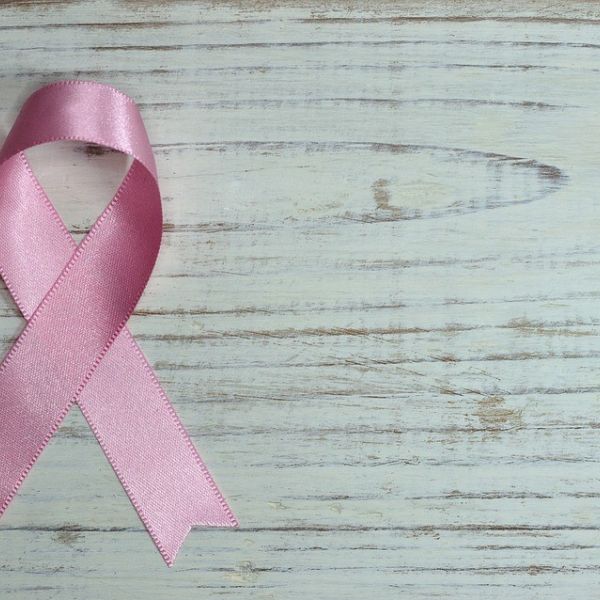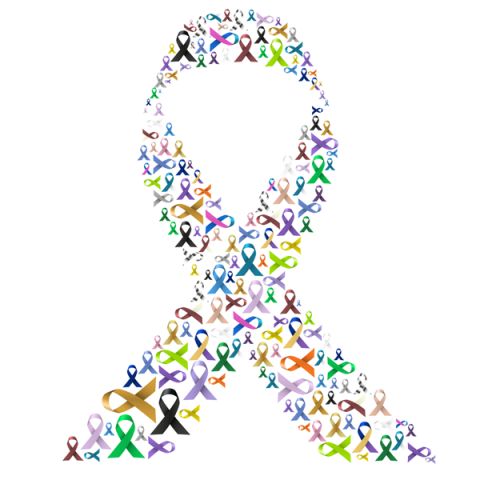Treating Clients with Cancer
Many of you will have seen the recent series of stories in the media about treating clients with cancer, and whether or not clients are being unduly discriminated against when refused treatment. Started by an article in the Daily Mail and picked up by a number of other publications, you may also have noticed that BABTAC provided a comment to journalists, confirming our position on the issue, as well as our support for a client’s right to be treated.
Our comment in full, as supplied to journalists was as follows:
Lesley Blair, Chair, BABTAC & CIBTAC comments "Historically, therapists were advised not to treat clients with cancer, due to the unquantified impact this may have on the person's health and illness. Now however, clinical research highlights the benefits of massage therapy and other treatments for improving a client's overall sense of health and wellbeing, and there is no reason that they shouldn't enjoy treatments. For the therapist to treat a client with cancer, they must ensure that they have both the core qualification in each discipline and a specialist oncology qualification, and this is something that the client should ask to see. The client should also ask their Doctor for a letter of referral assuring the therapist that they can be treated, in case of any specific factors that may prevent treatment. To find your nearest cancer-qualified therapist, visit babtac.com/salons." She continues: "Patients should not feel ashamed about requesting a note from their GP, nor should they hide their condition from their therapist. The note is designed to ensure that the therapist is fully informed about your condition, and is made aware of any changes or modifications required to the treatment. For example, a number of cancer treatments cause skin sensitivity or increased reactions, and if the therapist is aware of this, they can make product modifications. Other potential changes include avoiding sensitive or newly scarred tissue, adapting techniques to compensate for the removal of lymph nodes and much more. There are also a number of treatments which should not be offered to patients undergoing treatment for cancer, such as laser hair removal, which can cause adverse reactions. The Doctor's note is there for client safety, not to make them feel uncomfortable."
A number of members have been in touch asking BABTAC to confirm our stance, and in the interests of transparency, we have decided to confirm it publically too.
We believe that:
- Client right: For the majority of non-invasive beauty treatments, there is no reason why a client with cancer or recovering from cancer cannot be treated by a therapist and enjoy the benefits which come from treatments such as massage. We are saddened by the statistics that 70% of spas and salons in the industry have a blanket ‘no treatment’ policy for clients that fall into this bracket, however we are heartened that the percentage of BABTAC members who opt not to treat patients is considerably lower, and in fact many of our members offer really proactive support.
- Therapist right: We believe that although we encourage as many therapists to support patients with cancer if they feel able, it is a therapist’s right to decide whether they personally wish to support patients with cancer or not. There are many respectable, personal and professional reasons why a therapist may not feel suitable to treat patients with cancer, and we encourage therapists to consider their own personal wellbeing too. Cancer is often a difficult and emotional experience, and although many clients will visit a therapist to escape from the experience for a while, some may also seek to discuss it with a therapist and use it as an outlet. This creates its own challenges for a therapist in terms of their emotional wellbeing, and a therapist must be prepared for these potential impacts and put the client first.
- Medical guidelines: Despite historic belief that treatments such as massage can spread cancer cells, there is no evidence to suggest this is the case, and indeed leading experts extol the virtues of massage in particular for supporting patient wellbeing for example. Cancer can however create certain contraindications, either through physical changes to the body from treatment, or reactionary changes of the body to process and product, which mean a client cannot / should not be treated, or that adaptations to the treatment are required. Furthermore, a number of treatments are contraindicated in full and should not be offered to a client who has been treated for cancer in the past five years; please refer to your insurance documentation and Good Practice Guide for a list.
As a professional association who seek to support our members and further the industry, BABTAC has a responsibility to our members, and to the members of the public that you treat. On the basis of the above, we have developed a stance on treating clients who have or are recovering from cancer, which seeks to protect the client from emotional and physical harm, but also seeks to protect the therapist emotionally and financially. This stance has been developed and signed by an advisory team and our insurance provider, using up-to-date clinical information and guidelines.
Confirming our stance:
- That a therapist must have a recognised qualification and appropriate CPD training in any discipline that they wish to carry out treatments in. This is standard for all treatments, and is not exclusive to treating cancer patients.
- That the therapist must follow said training, alongside any relevant manufacturer’s guidelines in any treatment that they complete.
- That the therapist must have completed some cancer / oncology specific CPD training if they wish to work with patients who have been treated for cancer within the last five years. This not only assures that the therapist is aware of any adaptations and contraindications for treatment which may exist, but also that they are given the best practice tools they need to support a client emotionally and physically through what can be a traumatic and dramatic experience.
- That the client obtains and provides a copy of a letter from their GP or oncologist, to the therapist, outlining that they are fit to be treated.
Additional guidelines also confirm that no member can advertise a treatment which can ‘cure’ or ‘alleviate’ cancer, as per the law in this country, and cancer also comes under our guidelines that stipulate good client records must be kept for each client and stored for a minimum of seven years – you should specifically ask whether a patient has been treated for cancer in the past five years. Certain types of cancer are also excluded entirely from a number of specific treatments including Light Machines, IPL laser etc., as per the insurance terms, due to being contraindicated from these treatments.
We appreciate that this process can feel inconvenient, particularly requesting a Doctor’s note, however BABTAC is clear that beauty therapists are not medical professionals, and our members should not be left vulnerable through lack of training or knowledge that can cause accidental client harm. A medical letter affords the client’s medical professional the opportunity to highlight any concerns or adaptations which need to be made, and provide assurance to both the therapist and the client that they are OK for treatment. This also provides additional protection for both parties in the event that something does go wrong.
As part of best practice, we also recommend that our members make their own decision about whether they are happy to treat patients with cancer, as detailed above; but for transparency and to avoid confusion and emotional turmoil, we recommend that whether you treat clients with cancer or not, it is beneficial to include a statement clearly on your website in language that is not discriminatory.
It is so important to remember that the stance is designed to protect both your clients and you as a member. A doctor’s note gives a medical professional the opportunity to communicate any key considerations for their patient, which allows you to account for any modifications to the treatment that need to be made, as per any oncology training courses you have completed. It is also designed to help ensure that you are not liable for treating someone with a contraindication for the treatment, or potentially causing easily avoided harm.
Our guidelines are reviewed and updated where necessary in light of any new information or research. At this stage, we do not anticipate amending this stance, unless new clinical evidence is brought to light which forces a change. In support of our members and in light of the recent press coverage, we are however taking some immediate and medium-term actions, including:
- Fast-tracking our proposed article in Vitality on all things cancer; this was planned for our July-August edition, but will now be bought forward to an earlier publication date.
- Reviewing our currently accepted list of cancer / oncology training courses to ensure that the list is comprehensive and appropriate and identify if new courses need to be added.
- Developing example statements for our members to use and adopt onto their websites if you choose, transparently confirming whether or not you treat clients with cancer.
- Reviewing the extent of the information we include in the Good Practice Guide to make it more comprehensive and informative than it is currently. The Good Practice Guide is currently being amended ready for its annual republication later this year and the updated information will be included.
Any members who have queries about the above article, or need help in any way should please email your query to info@babtac.com


